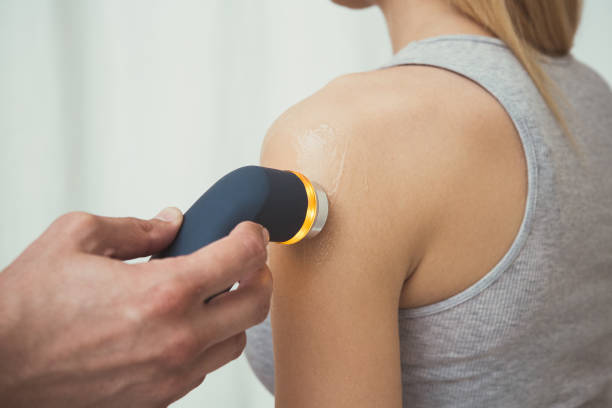Heat Therapy
Treatment for Auto Accident Injuries
Learn more about Heat Therapy treatment for car accident injuries
Heat Therapy for Car Accident Injuries
Heat therapy for car accident injuries utilizes hot packs or paraffin applied to the surface of the skin to help increase the temperature of the soft tissue directly below the skin.
Benefits Include:
- Relieves pain, tissue congestion, and muscle spasms.
- Heats tissue and promotes muscle relaxation.
- Increases creation of proteins in the body.
- Increases circulation of oxygen and nutrients to, and removal of inflammatory and waste products from the tissues.

Drink lots and lots of water!
With just a little therapy time and a lot of water drinking, you can feel better faster!
Heat Therapy Frequently Asked Questions
Heat therapy is the application of heat to an affected area after an injury. It helps to reduce stiffness, pain, spasms, and inflammation, increase blood flow and flexibility, and facilitate the healing process after a car accident. It can be applied in numerous ways, including: moist heating pads, warm cloths, hot water bottles, ultrasound, etc.
Heat therapy can treat a variety of physical ailments after a car accident including, but not limited to:
- Back pain
- Neck pain
- Muscle stiffness
- Sprains and strains
- Headaches and migraines
Patients can use both heat and cold therapy during their healing process after an auto injury. Cold therapy is recommended for use when an injury first occurs as it can quickly reduce inflammation and pain. It is recommended you avoid moving the affected area after cold therapy. Heat therapy is more commonly used for chronic pain and stiffness and to help increase range of motion. After receiving heat therapy, muscles are warm, and patients can move and exercise the affected area.
Patients can use heat therapy on their own whenever they feel that they need pain or stiffness relief. However, the duration of heat therapy sessions should only last about 15 to 20 minutes for minor issues and can last 30+ minutes for more severe pain. Try to wait 20 minutes between each session.
Yes, sometimes there are certain times when patients shouldn’t use heat therapy. If the affected area is bruised or already swollen, cold therapy is recommended. This is because heat therapy increases blood flow, which could cause the are to become even more swollen and bruised. Some people with pre-existing conditions are more at risk for burns or complications during heat therapy and should consult a physician prior to use. These conditions include:
- Vascular diseases
- Dermatitis
- Diabetes
- Multiple Sclerosis
- Open wounds
Please contact us directly for more information

HEAT THERAPY BENEFITS
Does heat promote healing? By increasing the temperature and improving circulation, heat can relax injured muscles, heal damaged tissues and improve flexibility. Not only can heat calm pain flare-ups, but it is an excellent way to soothe muscle tension, stiffness and even chronic back pain.

IMPORTANCE OF HYDRATION WHEN RECOVERING

